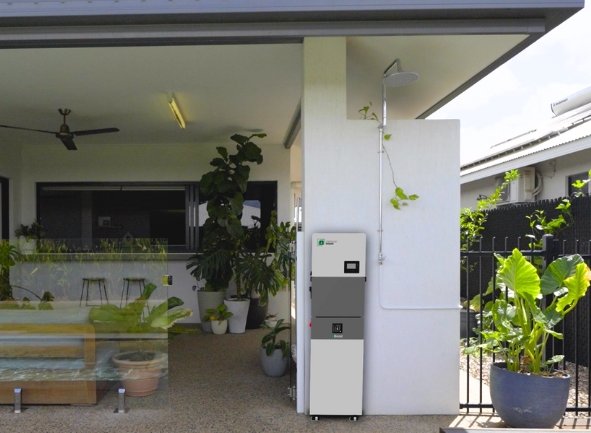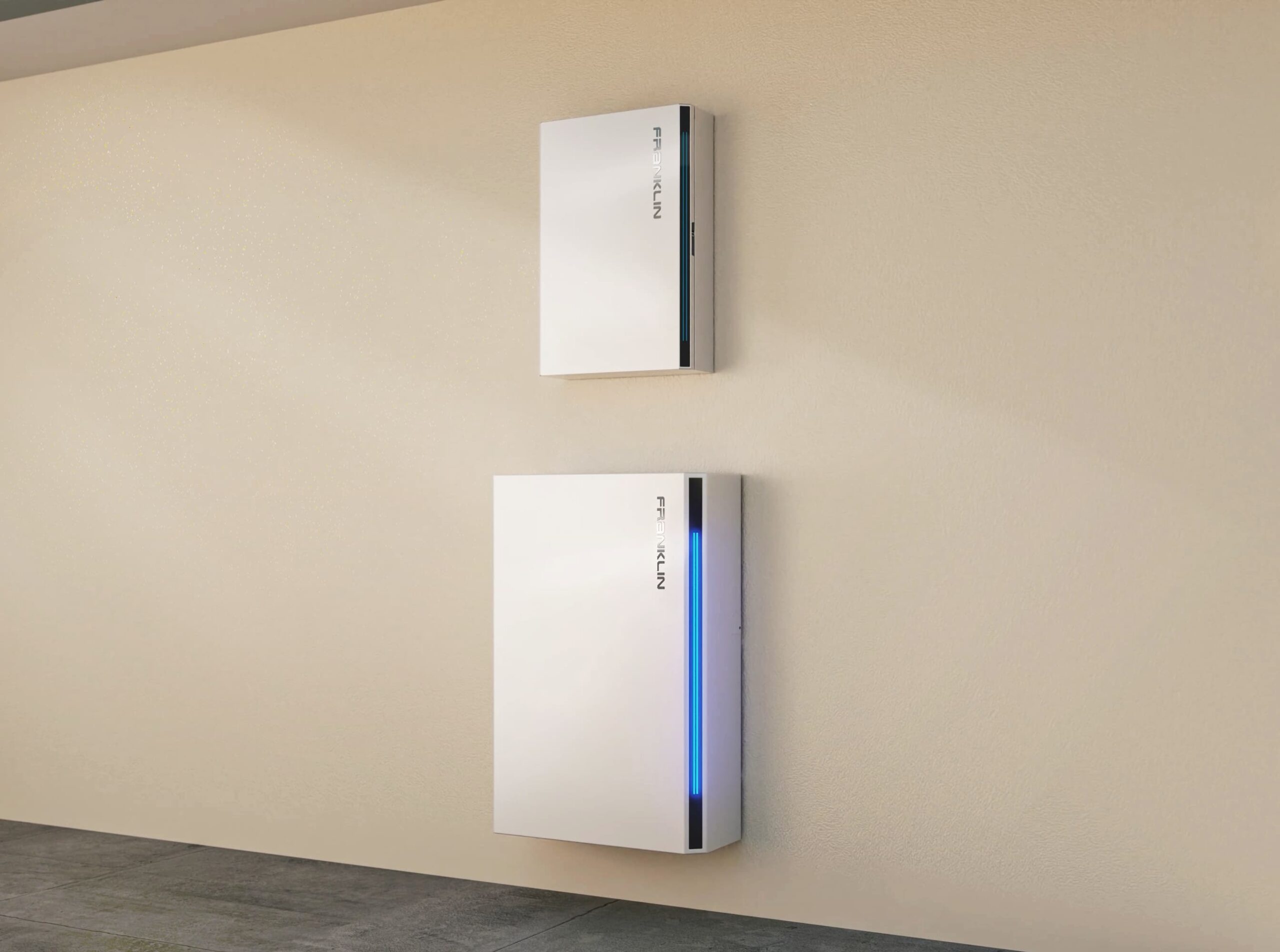Installer FAQ: How do I explain battery sizing and backup power to customers?

Once customers get the basics, we recommend giving a “crash course” in battery sizing — enough so they understand and aren’t misled by less reputable companies.
1. Reduce energy demands before selecting batteries.
Here’s how we explain it: The less energy you need, the fewer solar panels and batteries (and wind turbines) you’ll have to order. That’ll save money.
Put in approachable terms, customers can get a hang of the basics of efficiency:
- Ensure a tight thermal envelope. An energy efficiency audit is best, including a blower door test and thermal imaging.
- Next, seal and insulate the building — so you aren’t paying to heat or cool the outdoors. Sealing and insulation can stabilize temperatures and drastically reduce HVAC costs.
- Finally, reduce electrical loads. Consider upgrading to EnergyStar appliances, especially for high-demand items.
2. Explain why electricity reserves are important.
Trusted installers or battery experts make it easy to size solar systems. They work hand-in-hand with customers to ensure ample power reserves for days with low solar or wind generation. And they protect end-users against buying too much or too little generation and storage.
As buyers will understand, they need a safety margin of reserve power. With an oversized system, they waste money. With an undersized system, the lights go out.
For off-grid systems, professional installers generally recommend 3-5 battery days of power — enough storage for three to five cloudy days. Their needs will vary based on the amount of sunlight (or wind) they get.
Of course, some battery technologies cost 3-4X more than lead-acid for the same capacity. As you’d imagine, it’s hard to sell a product for 3X more if you compare apples to apples. That’s why some salespeople push drastically undersized battery banks — to make the price seem less expensive.
And that leads us to the third next common mistake…
3. Debunk 80% Depth of Discharge
Easiest explanation: Depth of Discharge (DoD) tells you how much of a battery’s energy you can use — how low it can be drained — without compromising longevity. For example, an 80% DoD rating for a lithium-ion battery means that it should be able to be drained until just 20% of its electricity remains.
This is convenient on paper. “You can get away with installing fewer Amp-hours of storage!” But in a real-world solar system, we must reserve power — to ensure stable voltage. This is the only way to power large loads and high-wattage appliances. And it’s the only way to keep the lights on when there’s little sun or wind to harvest.
That’s why installers recommend planning for 50% DoD as a safety margin.
It might help to end with this: Whatever battery chemistry/company and installer you choose, make sure your installer specifies 50% DoD in writing.
4. Remind people there might be other reasons to add extra battery capacity.
Check in so you’re alerted to new, unplanned, or higher than expected electrical loads — especially if their system has little reserve power. For instance, a new pressure cooker can easily use 1 kW/day. A grown child moving back in can greatly increase TV and other power consumption. And for businesses, new machinery can skyrocket energy demands.
John Connell, Vice President of the SLI Product Group, Crown Battery Manufacturing.





Comments are closed here.